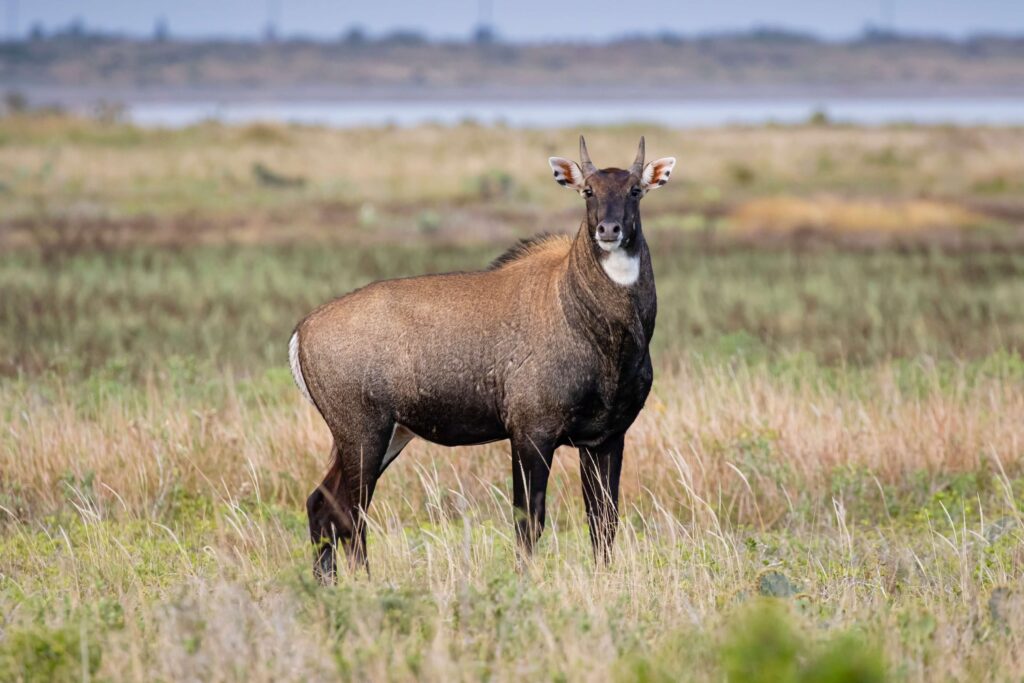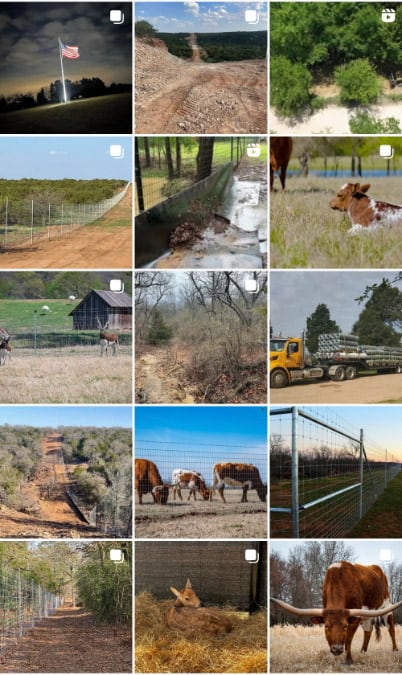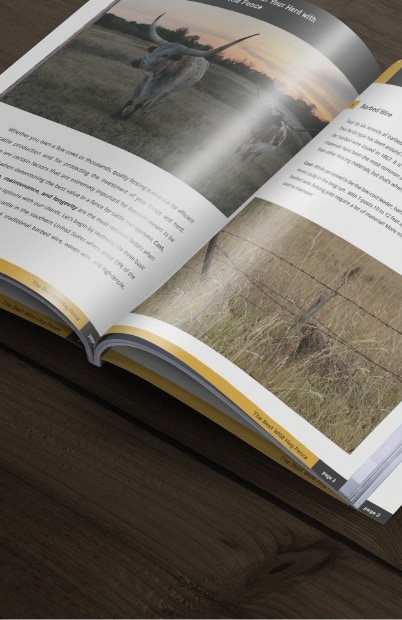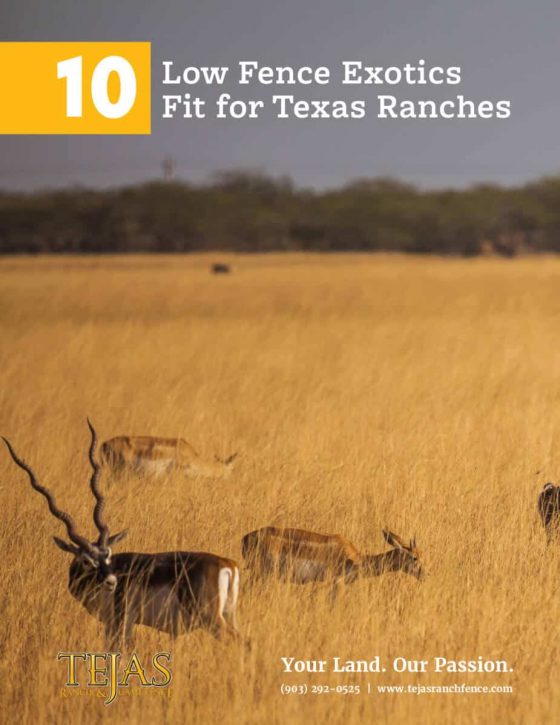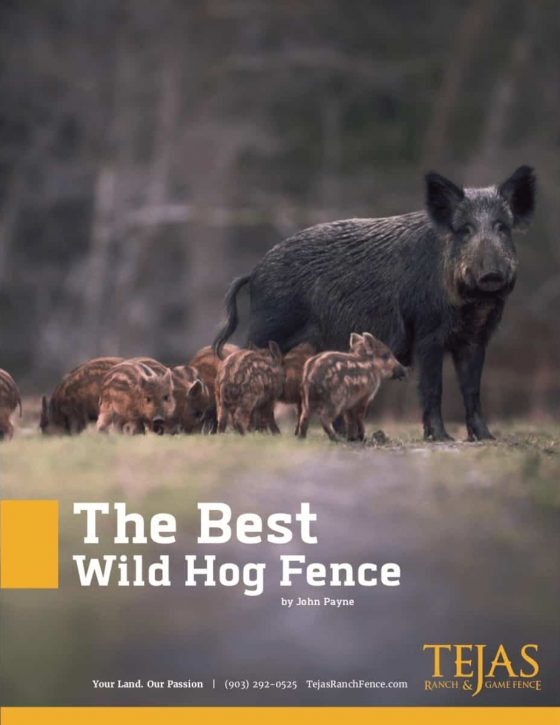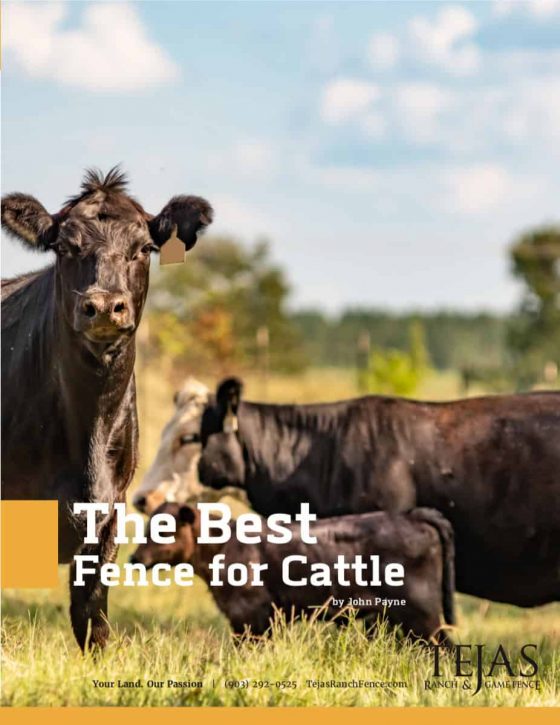Nilgai antelope, also known as the “blue bull,” is a large antelope species native to India, Nepal, and Pakistan. With their striking appearance and fascinating adaptability, nilgai antelope have become a featured wildlife species in various habitats, attracting attention from researchers, conservationists, and wildlife enthusiasts alike.
Understanding Nilgai Antelope
Historical Context of Nilgai Antelope
The nilgai antelope has a rich historical context, particularly in the Indian subcontinent. In Hindu culture, they hold a sacred status and were given the name “nilgai,” which means “blue cow.” They have been a significant part of traditional folklore, with references to their resilience, adaptability, and grace. Besides their cultural significance, nilgai antelopes have also been hunted for their meat, hides, and sport.
Over time, populations of nilgai antelopes have expanded beyond the Indian subcontinent, reaching Southeast Asian countries. Their introduction to the United States, specifically South Texas, can be traced back to the late 1920s, primarily for exotic game hunting. Today, they are recognized as valuable wildlife additions, attracting nature enthusiasts and contributing to the region’s diverse fauna.
Physical Characteristics of nilgai Antelope
The scientific name of the nilgai antelope is Boselaphus tragocamelus. They are easily recognized by the patches of white on their face, the white bib on their throat, and their horizontally-oriented ears. Females and young nilgai are yellow-brown in color, while adult males have a distinctive blue-gray coloration. One of the largest antelope species in the world, adult males can reach a shoulder height of about 5 feet. Males also typically feature short horns, darker hair around the brisket area, and a tuft of hair on their hind legs, distinguishing them from other antelopes. These unique physical characteristics make them a fascinating species in the family Bovidae, which includes other bovine animals like cattle, goats, and sheep.
| Height | 3ft 5in – 4ft 11in |
| Weight | Male: 243-639 lbs; Female: 220-474 lbs |
| Color | Male: Blue-gray; Female: Yellow-brown |
| Lifespan | Up to 21 years |
| Country of Origin | India, Nepal, and Pakistan |
| Habitat | Grassy, hillsides, steppe woodlands |
| Diet | Grass |
| Fence Requirement | 10 ft minimum height |
| Suggested Fence Pattern | 1775-3, 1775-6, 2096-3, 2096-3, 2096-12 |
| Fence Material | High-Tensile Fixed-Knot Fencing |
| Fence Information | High Game Fence for Deer |
Geographic Distribution and Habitat Adaptation
Nilgai antelopes are predominantly found in the Indian subcontinent, including areas of Pakistan, India, and Southeast Asia. Originally imported into Texas as game animals, their adaptive nature has allowed them to thrive in diverse habitats beyond their native regions, with large free-ranging populations found throughout the southern region of the United States. This adaptability has made them valuable additions to zoo exhibits, where visitors can admire their grace and observe their behavior up close.
In dry areas, such as those found in South Texas, nilgai antelopes have successfully adapted to grasslands and wooded areas alike. Their narrow rump patch is believed to be an adaptation that helps them navigate through scrub, croton, mesquite, and savannas, which are common features of dry areas across different landscapes. From the rocky foothills of the Himalayan Mountains to the brush country of southern Texas, nilgai antelopes have demonstrated their ability to adapt to various habitats, showcasing their resilience and survival instincts.
Dietary Habits of Nilgai Antelope
The dietary habits of nilgai antelopes reflect their adaptability and resourcefulness. They are primarily grazers, with a diet consisting of grasses, woody plants, and a variety of nightshade species. These antelopes have evolved to thrive on the vegetation available in their habitats. Their diet influences their behavior, movement patterns, and social interactions, which are crucial to their overall well-being and survival.
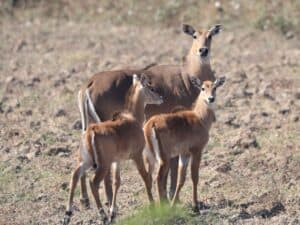 Reproductive Aspects of Nilgai Antelope
Reproductive Aspects of Nilgai Antelope
Male and female nilgai usually remain separate except during mating season, which occurs between November and February. The breeding behavior of nilgai antelopes involves dominant bulls engaging in mating rituals, competing for access to receptive females. The gestation period lasts about 8.5 months, with the female typically giving birth to a single calf, though the birth of twins and occasional triplets has been documented.
Join our email newsletter and receive informative articles like these in your inbox! Subscribe here.
About Tejas Ranch & Game Fence
Tejas Ranch & Game Fence is the go-to ranch fence contractor for landowners with a vision for their property. We have a broad offering of ranch fence solutions, such as high-game fences, cattle fences, hog-proof fences, and more. We offer land clearing, trail construction, and land development consulting along with our fence solutions.
Conclusion
The nilgai antelope is a fascinating species with unique physical characteristics and a rich historical context. They have adapted to various habitats and have a diverse diet. As featured wildlife, the nilgai antelope showcases the beauty and diversity of nature.
Related Articles:
Exotic Black Hawaiian Sheep
Exotic Barbados Sheep
Exotic Zebras
Exotic Rhea
Buffalo
Exotic Addax
Exotic Scimitar Oryx
Exotic Blackbucks
Exotic Sika Deer
Exotic Painted Desert Sheep
Exotic Mouflon Sheep
Exotic Corsican Sheep
Exotic Fallow Deer
Exotic Aoudad Sheep
Exotic Texas Dall Sheep
Exotic Axis Deer
Exotic Pere Davids Deer
